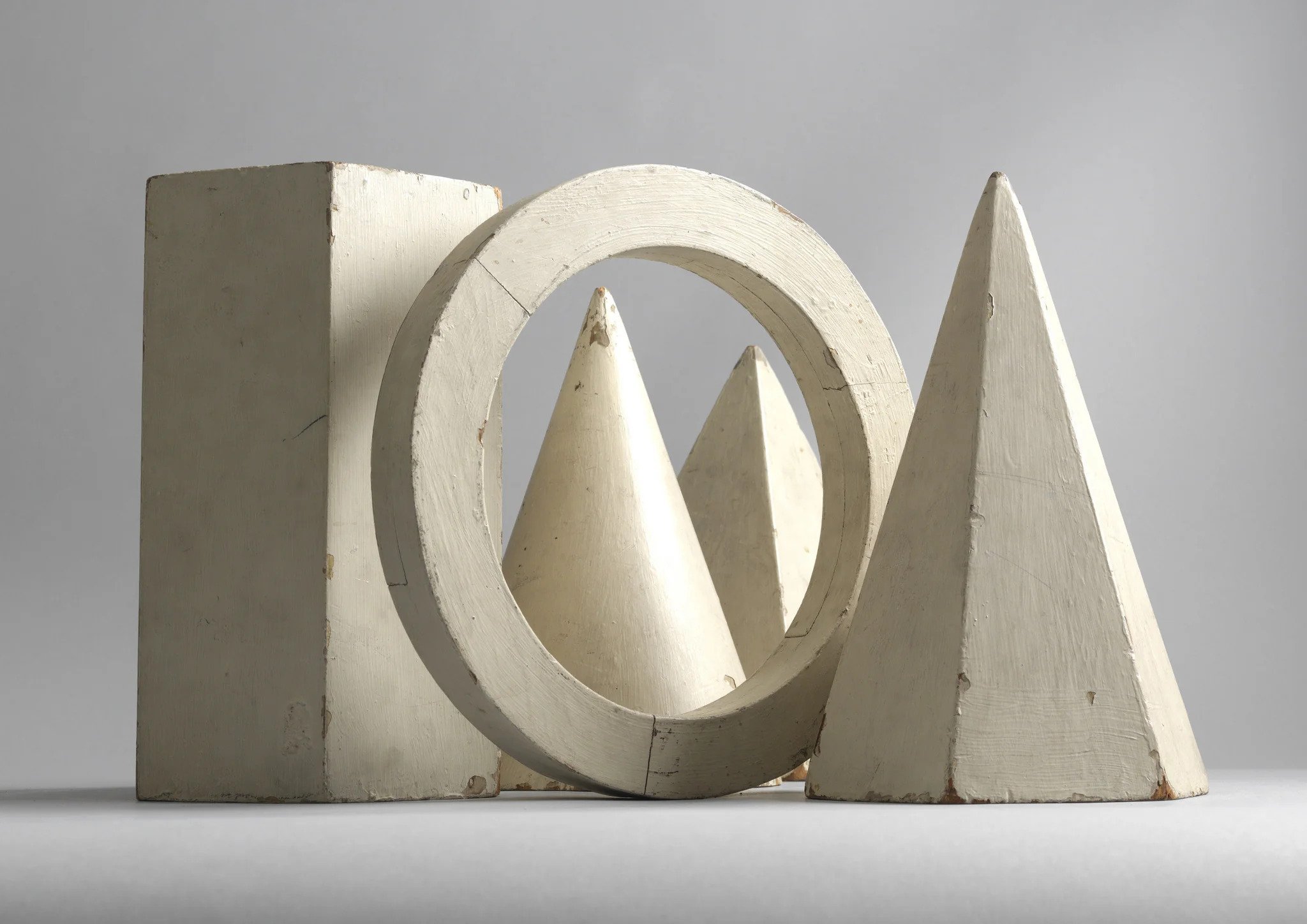THE FIVE PRANA VAYUYS
At its core, yoga is more than physical shapes and postures. Yoga is energetics. When we are working with the physical body, what we are really doing is manipulating and managing prana, the vital life force that exists within everything.
Prana is what enables the body to move and the mind to think, bringing life and animation to all levels of being. Everything we take in is prana, whether it’s food, information, sight or sounds— these are all forms of prana or energy.
Through their exploration of the body and breath, the ancient yogis discovered that prana could be further subdivided into five parts which they called vayus.
Pr + ana. Ana = to move/to breathe.
Vayu = wind / to carry.
The ancient sages believed the vayus are the energy that precede the different functions, they are the subtle forces. The subtle is the primary mover of the physical.
If you’ve been practicing with me online lately, you likely would have heard me rambling on about some of the different vayus and how our yoga practice can support us in directing energy to achieve a desired energetic outcome. This is truly powerful stuff, and it’s so amazing to me that the yogis from so many thousands of years ago were able to recognise and distill this information that is still useful and relevant for us today.
Below is my interpretation of the breakdown of these five winds as taught to me by my teacher Rod Stryker.
PRANA VAYU
(Referred to as ‘pran vayu’ so as not to confuse it with prana itself)
Pran vayu is located at the heart centre and is an energising force.
Its flow is inwards and upwards. This vayu is the fundamental energy in the body and directs and feeds into the four other vayus.
Pran vayu governs the inhale breath, as well as anything we take in. When we hold our inhale breath, we build pran vayu.
The function of pran vayu is energising and revitalising. The direction of this wind is internalising and cyclical.
When we feel we can’t take any more information in, it’s our prana vayu being depleted.
APANA VAYU
Ap = to descend. It’s located at the pelvic floor region and is responsible for elimination.
It is the downward or descending force. It is grounding, stabilising and what allows us to maintain and return to a state of embodiment.
The physical functions of apana vayu are elimination, urination, perspiration, menstruation, deification, childbirth etc. Basically, anything that is energy moving down and out of the body.
Mentally, the function of apana vayu is forgiveness, letting go, surrendering, releasing old ideas, beliefs and thought patterns.
As you stimulate apana, it will facilitate letting go more easily
SAMANA VAYU
Sometimes referred to as “the balancing air”, samana vayu is located in the abdomen.
Its function is to equalise and balance extremes. To find and guide us back to a state of equilibrium or homeostasis.
It is that which allows us to enter into a deep state of sleep
The physical function of samana vayu is assimilation, digestion and metabolism. It governs the digestion and assimilation of all substances: food, air, experiences, emotions, and thoughts.
While apana vayu was about elimination or releasing waste, samana vayu is about assimilation: the process of extracting the energy from what we consume, so that the rest can be eliminated by apana vayu.
The mental function of assimilation is related to taking in and absorbing information, as well as extracting lessons from life experience in order to evolve and transform
Assimilation is vital to our health as it converts substance to energy. If samana vayu is weak, we can consume many wonderful things, but may not be able to fully absorb them.
UDANA VAYU
Ud = to rise. It’s located at the throat and its force is ascending.
The function of udana vayu is that of growth, evolution, ascension and aspiration.
Your spontaneous action of development to expand yourself is born from udana. This is something we see excessively in children, and as we grow into adults, it fades.
It functions to ‘hold us up’ and governs speech, self-expression, and growth.
VYANA VAYU
Vyana is the vayu that is everywhere. Sometimes thought of as the aura.
It’s an integrating and distributing energy.
The action of vyana is circulation.
The function is expansion and integration. Physically, it helps the circulation of blood, as well as emotional and mental circulation of thoughts and feelings.
My teacher, Rod, says that if you’re a shy person in public situations, but you work on building vyana vayu, your personality will expand and you will be less shy. And I think that’s super cool.
I hope this is small article helps you to understand the subtle energies that exist within us and how our yoga asana practice is so much more than shapes in space. Through inward focus and a fine tuned awareness to the nuances of the practice, we can deepen our connection to body and breath and hopefully enrich our yoga practice and our lives.

